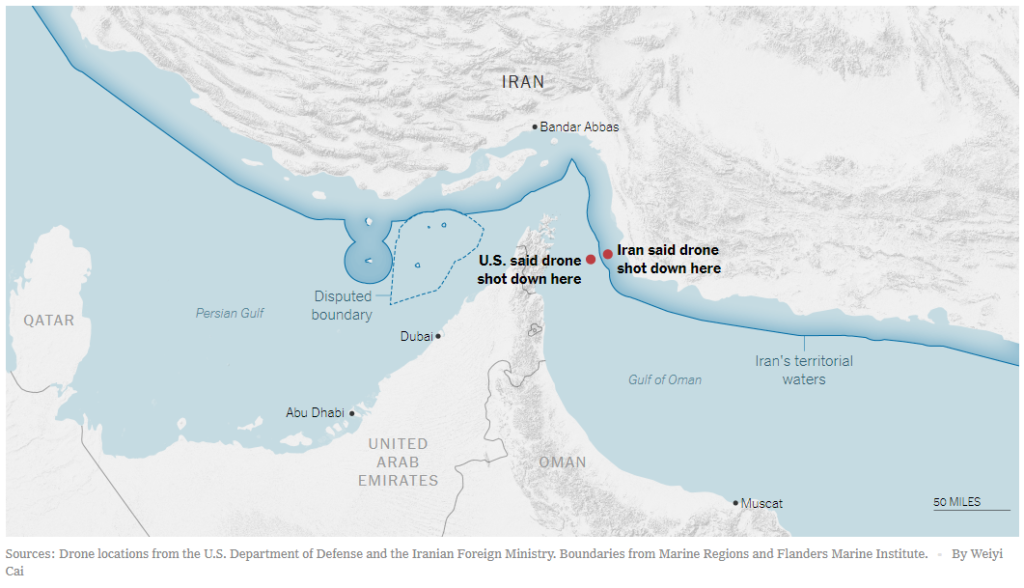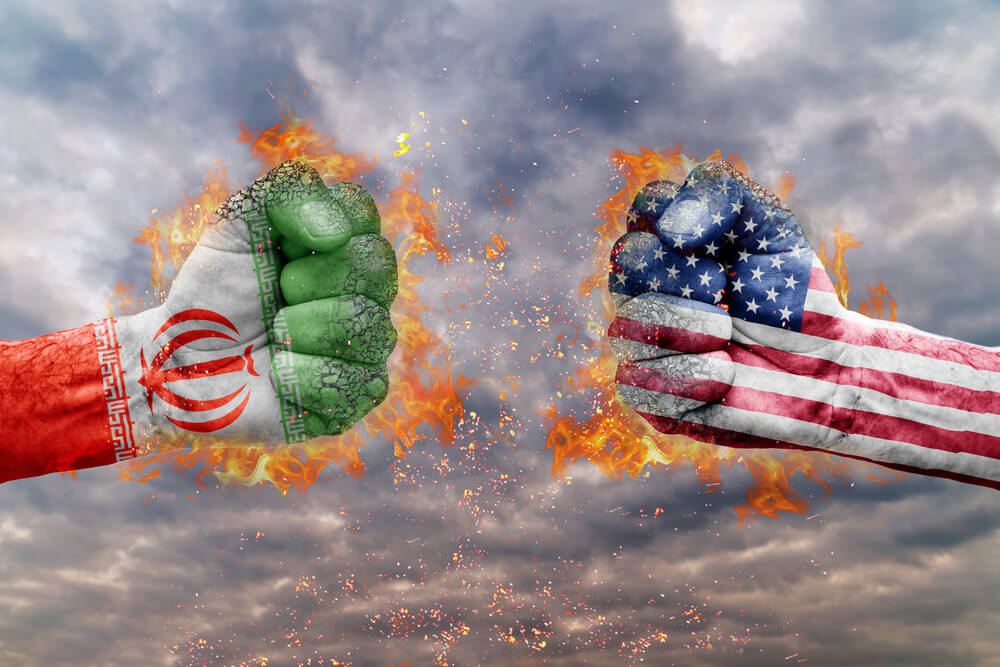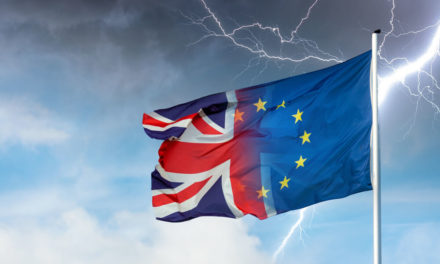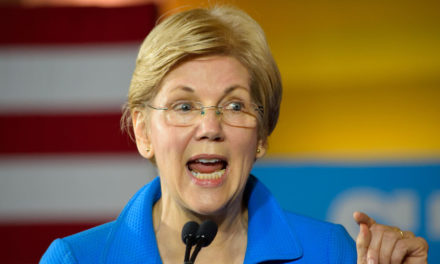President Donald Trump approved military strikes against Iran in retaliation for a a Global Hawk drone shot down Thursday near the Strait of Hormuz, only to later reverse course and call off the strikes, according to a report by the New York Times.
“We were cocked & loaded to retaliate last night on 3 different sights when I asked, how many will die. 150 people, sir, was the answer from a General,” Trump tweeted in a Friday morning thread. “10 minutes before the strike I stopped it.”
….Death to America. I terminated deal, which was not even ratified by Congress, and imposed strong sanctions. They are a much weakened nation today than at the beginning of my Presidency, when they were causing major problems throughout the Middle East. Now they are Bust!….
— Donald J. Trump (@realDonaldTrump) June 21, 2019
….proportionate to shooting down an unmanned drone. I am in no hurry, our Military is rebuilt, new, and ready to go, by far the best in the world. Sanctions are biting & more added last night. Iran can NEVER have Nuclear Weapons, not against the USA, and not against the WORLD!
— Donald J. Trump (@realDonaldTrump) June 21, 2019
Military and diplomatic officials were reportedly anticipating a strike as late as 7 p.m. Thursday. Multiple senior officials confirmed that the president had initially approved the attacks on three Iranian targets housing radar and missile batteries. Planes were in the air, ships were in position and the operation was underway in its early stages when word came from the president to stand down.
Oil prices surged 5.4% Thursday after Trump tweeted that Iran had made a “very big mistake.” Oil hit a three-week high, rising 1.75% so far today up to $65.57. U.S. crude is up 1% to $57.66 per barrel.
The quick reversal halted, temporarily at least, rising tensions in the Middle East with Iran, which the administration said is responsible for attacks on two oil tankers near the strait last week. Trump has previously ordered two strikes at Syrian targets in 2017 and 2018.
The strikes were intended as a response to Iran’s shooting down of the U.S. drone, which reportedly costs $130 million, struck down by an Iranian surface-to-air missile.

The possibility of a strike hung over Washington all day as the two countries traded accusations about where the drone was shot down. The U.S. claims it was flying over international territory, while Tehran says it was shot down on Iran’s southern coast near Kuh Mobarak.
“We will defend Iran’s airspace and maritime boundaries with all our might,” Supreme National Security Council Secretary General Ali Shamkhani said, according to Iran’s state-run Islamic Students’ News Agency. “It doesn’t matter which country’s aircraft cross our airspace.”
U.S. Navy Captain Bill Urban dismissed Iran’s statement.
“Iranian reports that the aircraft was over Iran are false,” he said. “This was an unprovoked attack on a U.S. surveillance asset in international airspace.”
Trump also told reporters Thursday the drone was “clearly” over international waters.
“We have it all documented. It’s documented scientifically, not just words,” Trump said before adding, “Let’s see what happens” in regards to whether or not the U.S. would retaliate.
Majid Takht-Ravanchi, Iran’s ambassador to the U.N., wrote in a letter to the Security Council that the drone ignored repeated radio warnings before it was shot down, adding that Tehran “does not seek war” but “is determined to vigorously defend its land, sea and air.”
Trump’s national security advisers were reportedly split over whether to respond by bombing Iran just before dawn Friday. Secretary of State Mike Pompeo, National Security Adviser John Bolton and CIA Director Gina Haspel reportedly favored a strike, while top Pentagon officials cautioned against such action, further stoking tensions as the U.S. is sending an additional 1,000 troops to the region.
Congressional Democrats urged Trump to deescalate the situation, calling on the president to seek congressional authorization before taking military action.
“This is a dangerous situation,” House Speaker Nancy Pelosi said. “We are dealing with a country that is a bad actor in the region. We have no illusions about Iran in terms of their ballistic missile transfers, about who they support in the region and the rest.”
When first speaking publicly, Trump seemed to downplay the incident, and that someone “loose and stupid” in Iran was responsible for shooting down the drone, and that someone “made a big mistake.” Trump also said things would have been far more serious had it been a piloted vehicle and not just a drone.
It made “a big, big difference” that no American pilot was put at risk, Trump said.




